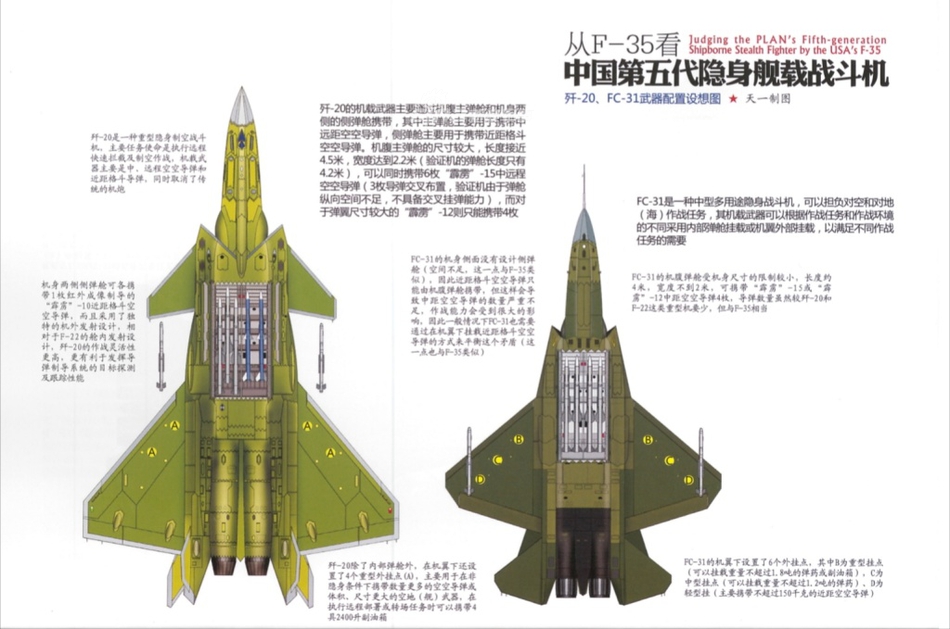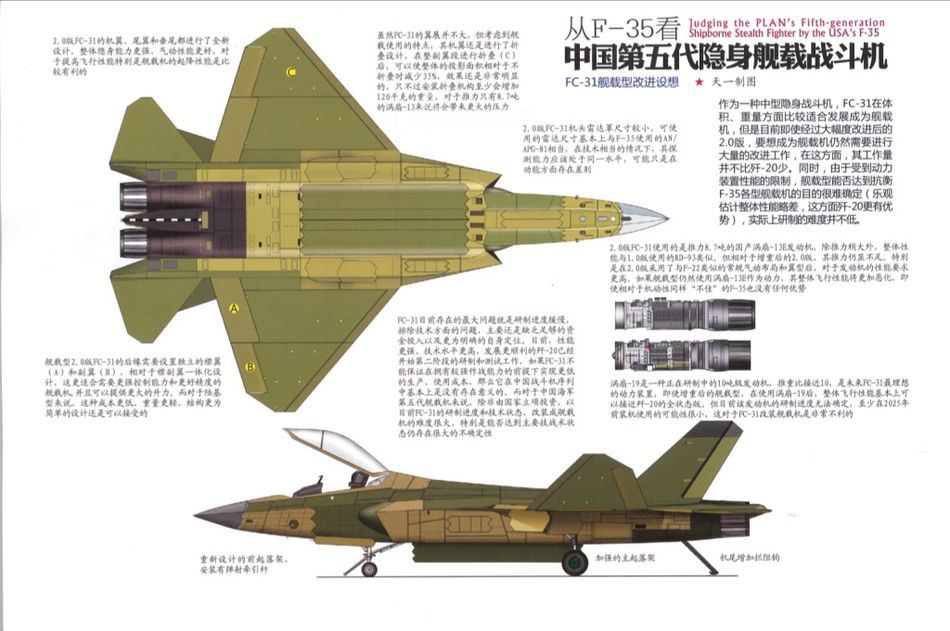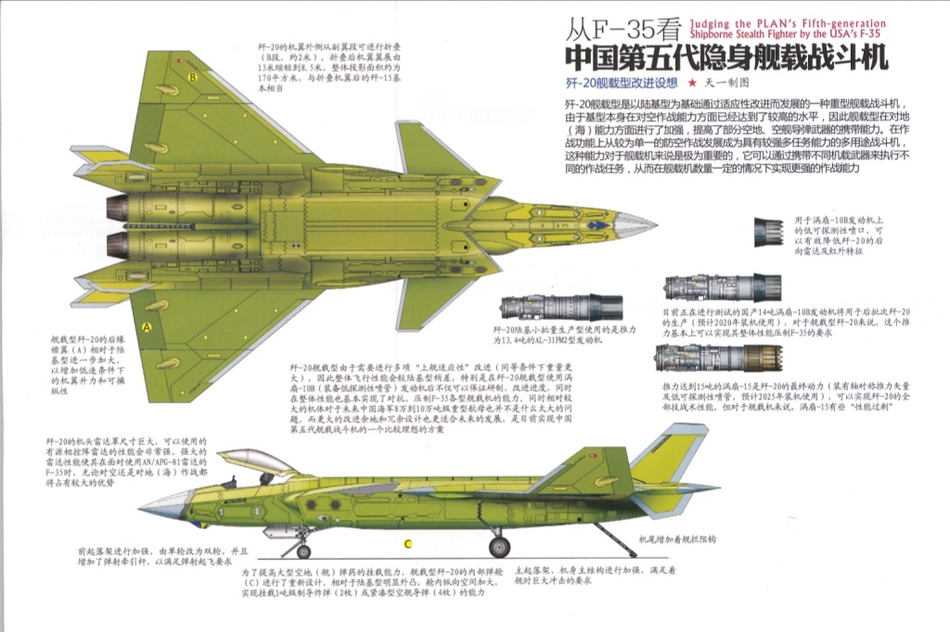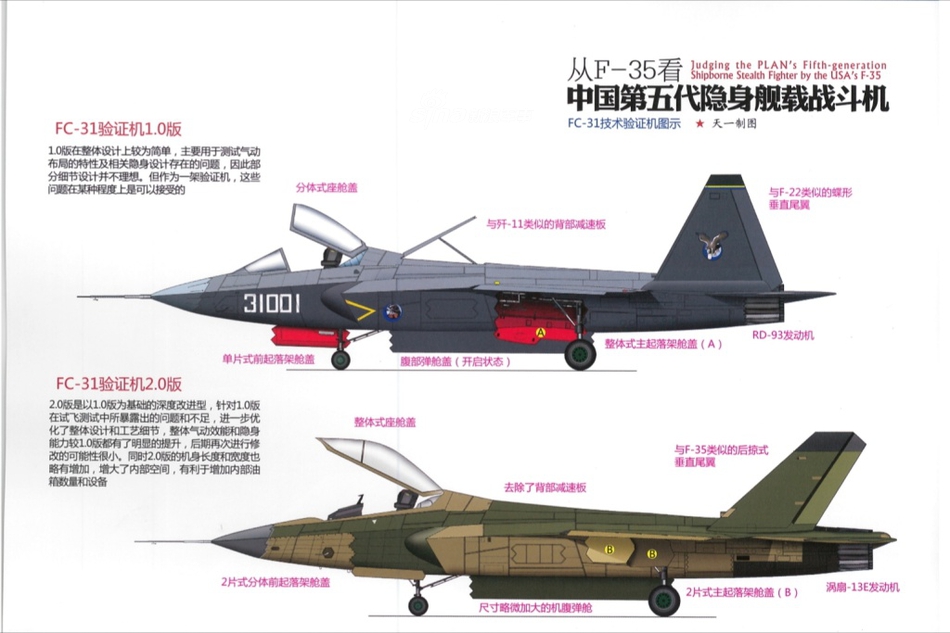It is not only about minimising costs, but also maximising combat readiness in a wartime situation. Imagine a situation where a battle-damaged J-20 has landed and needs engine replacement but the only engines available are WS-13s because the WS-15 shed was just bombed and the highway is blocked by a landslide, or where they are trying to identify a difficult problem with a J-31 engine using J-20 techs because the J-31 techs are dead from enemy fire.
Using a single engine makes inventory and personnel management easier which in turn allows for more redundancy and therefore a more robust capability that is more resistant to wartime losses. In a real war, lots of stuff goes wrong and victory is in significant part about which "system of systems" can continue functioning in a such a degraded state.
… and it's cheaper.
Readiness isn’t be affected by having two different engines. It’s a function of how much planning and preparation you have done ahead of time. If you need two different engines you will stock each engine to the extent that they reach your readiness requirements. If you don’t have the engines you need on hand that’s a problem with your preparation, not a problem with how many different engines you’re operating. To illustrate this point, in a situation where you’re operating only one engine and your WS-15 shed was bombed you would have no engines, period, unless you had another stockpile of those engines somewhere else. Having a second kind of engine neither makes that situation worse nor prohibits the obvious solution around that kind of situation (have storage redundancies).
Wrt technicians, I don’t think there’s such a thing as an engine technician that only knows how to work on one kind of engine. I imagine all technicians who work on engines are trained to deal with multiple kinds, especially since even without a medium thrust fighter engine the PLA has to operate more than one kind of engine. If this is not the case, they should probably change this practice immediately, as having techs that only know how to work on a single engine each would be very poor employment of operational manpower, especially given that there really is nothing that prevents a technician from learning how to work with multiple engines. To argue that we should expect engine technicians in the PLA to each only know how to work with one kind of engine is like saying we should expect car mechanics to each only know how to work on only one kind of car.
I don’t think, given that, again, even without a medium thrust fighter engine the PLA has to maintain multiple different kinds of engines, that the cost and efficiency savings from not having a medium thrust fighter engine is very significant. Furthermore, it does seem to appear that, if we’re going by some of their UCAV projects, even without a twin engined medium sized fighter the PLA will need a medium thrust engine anyways. I also question whether on net developing a medium thrust fighter engine will cost more than simply making a single engined fighter that uses WS-15s because if the PLAN really is insisting on having a smaller fighter than the J-20 a single engined WS-15 would require the development of an entirely new stealth fighter from scratch. It may also require a WS-15 that is uprated to match the size of a medium sized carrier stealth fighter and meet thrust requirements for carrier operations, much like how the F135 had to be uprated from the F119. All those possibilities might be more expensive and take more time than simply developing a new medium thrust fighter engine while making do with an interim solution that is already on hand. You can meet basic requirements for a medium sized carrier stealth fighter with RD-93s or WS-13s. You probably couldn’t do the same with AL-31s or WS-10s on a single engined plane, and maybe not even the initial version of the WS-15. Trying to do so may even force unideal compromises in the fighter’s design. *Furthermore* even if the WS-15 were sufficient for the task there would need to be assurances with the WS-15’s reliability for the harsher conditions of naval operations, since engine failure on a single engined fighter is a much bigger headache with carrier fighters at sea. I don’t think when we look at things in detail the logic of having a single engine type fighter force is the straightforward win you guys are making it out to be.




